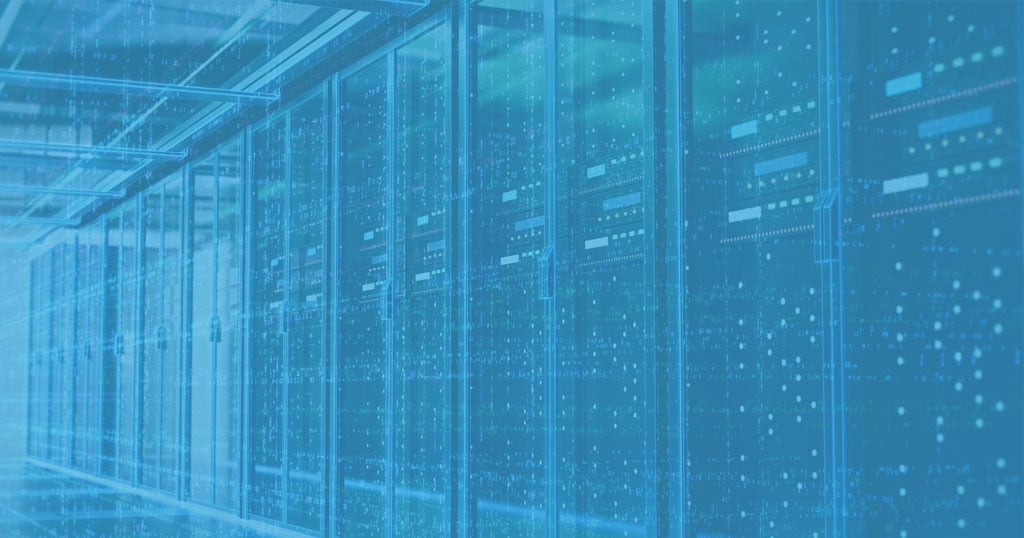
Data Backup + Disaster Recovery
Prepare for worst-case scenarios with offsite data backup solutions that get you operational again within hours.
Ideal for organizations needing to minimize operational disruption and mitigate risk related to permanent data loss.
Organizations turn to VC3 for
Data Backup + Disaster Recovery when they...
Data Backup + Disaster Recovery Features
Data Recovery
Onsite and offsite data backup ensures you can restore data—from small incidents to large disasters.
For organizations that:
- Worry about how they will recover data after an incident.
- Have backups in place, but no monitoring or testing capabilities.
- Worry about the right amount of expense – not investing in something they won’t use or need.
Cloud Data Recovery
Access, control, and protect the data you entrust to the cloud.
For organizations that:
- Leverage SharePoint, OneDrive and/or Google Workspace to store files.
- Use a limited data backup program from the cloud vendor that has proven to be a shorter data retention period than required.
- Need to comply with specific laws, regulations, and/or mandates.
Rapid Data Recovery
Quickly get operations up and running after an incident—with nearly zero downtime and no data lost.
For organizations that:
- Cannot have extended downtime.
- Worry about how they’ll recover data after a data breach incident.
- Need to meet SLA requirements.
The capacity, skill set, and experience to help you AIM higher.
-
Increased Resiliency
Protect your organization’s data, reputation, and operations with secure backups and timely recoveries.
-
Capable, Responsive Support
100% North American-based team with onsite support available in less than 2 hours.
-
Practical + Predictable Costs
Avoid bloated solutions while reducing your organization’s data center backup footprint.
-
Local, Cloud, and SaaS Backup Solutions
From local backups to full business continuity and disaster recovery solutions, we have the solution to meet your needs.
-
Proactive Maintenance
Securely back up your data, applications, website, and other assets in our enterprise-grade data centers with highly-trained staff and regulatory-compliant processes.
-
Minimized Downtime
Regular, consistent data backups that enable you to become operational again within hours, not days.
What Our Clients Are Saying
We hadn’t seen anyone like VC3 before.
I was pleasantly surprised by VC3’s remote IT support and how well it served our city. We learned the hard way that we needed a vendor that helped us stay secure from ransomware and cyberattacks, update and patch everything constantly, and stay on top of IT issues. With VC3, everything is getting done. You don’t know what you’re missing if you’ve never seen it before—and we hadn’t seen anyone like VC3 before.

Great working relationship.
We have such a great working relationship and we’re always talking about the next thing. Chris and VC3 are my trusted advisors.
.jpg?width=70&height=70&name=StolleryLogo%20(RGB).jpg)
They placed us in a position to better service our staff.
When it comes to establishing an effective IT infrastructure, consulting experienced professionals is the first and most important step. It is one we are glad to have taken with VC3 as they placed us in a position to better service our staff and the residents of our city.

VC3 has so far been the most enjoyable.
I've been working with outsourcing partners since 1998 and working with VC3 has so far been the most enjoyable and least painful experience.

Our Strategic Advisor has always been a fantastic advocate for us.
Our Strategic Advisor has always been a fantastic advocate for us. If we do have issues, he’s a reasonable voice that is very good at seeing our perspective and helping us see it through.

VC3 gets IT out of sight, out of mind, and out of your way.
Response Time + Onsite Support
From a Team of 100% North American-Based Experts
in IT Issues After 3 Months
98% of Employees Are Technical
Let's talk about how VC3 can help you AIM higher.
Managed Services Resources + Insights

10 Things to Focus On for a Successful Backup

Untested Data Backup Is No Backup at All
